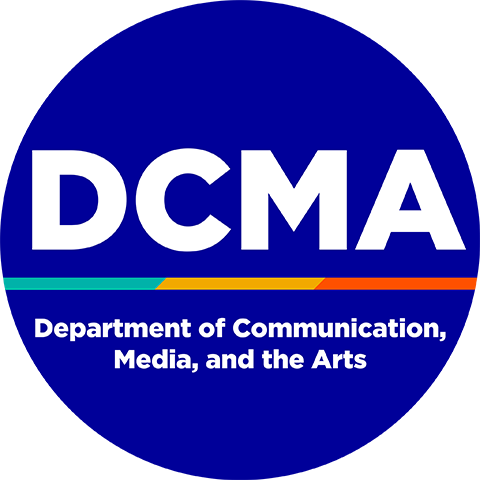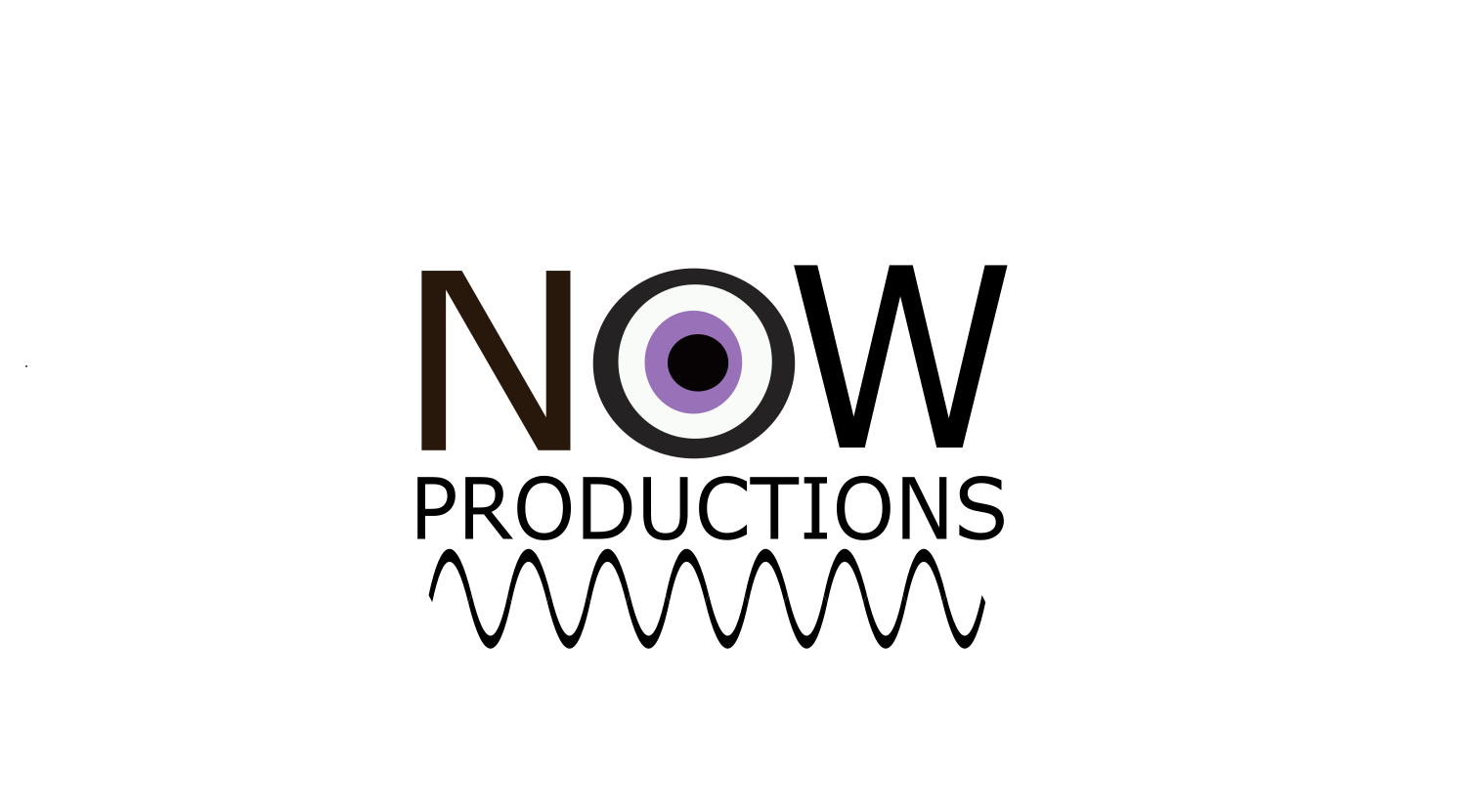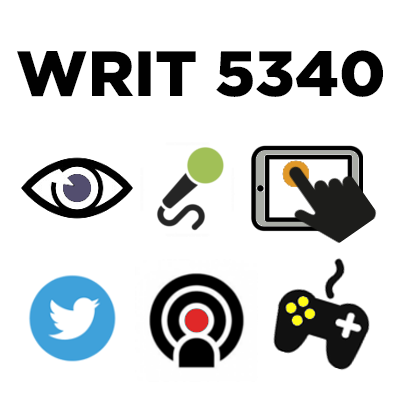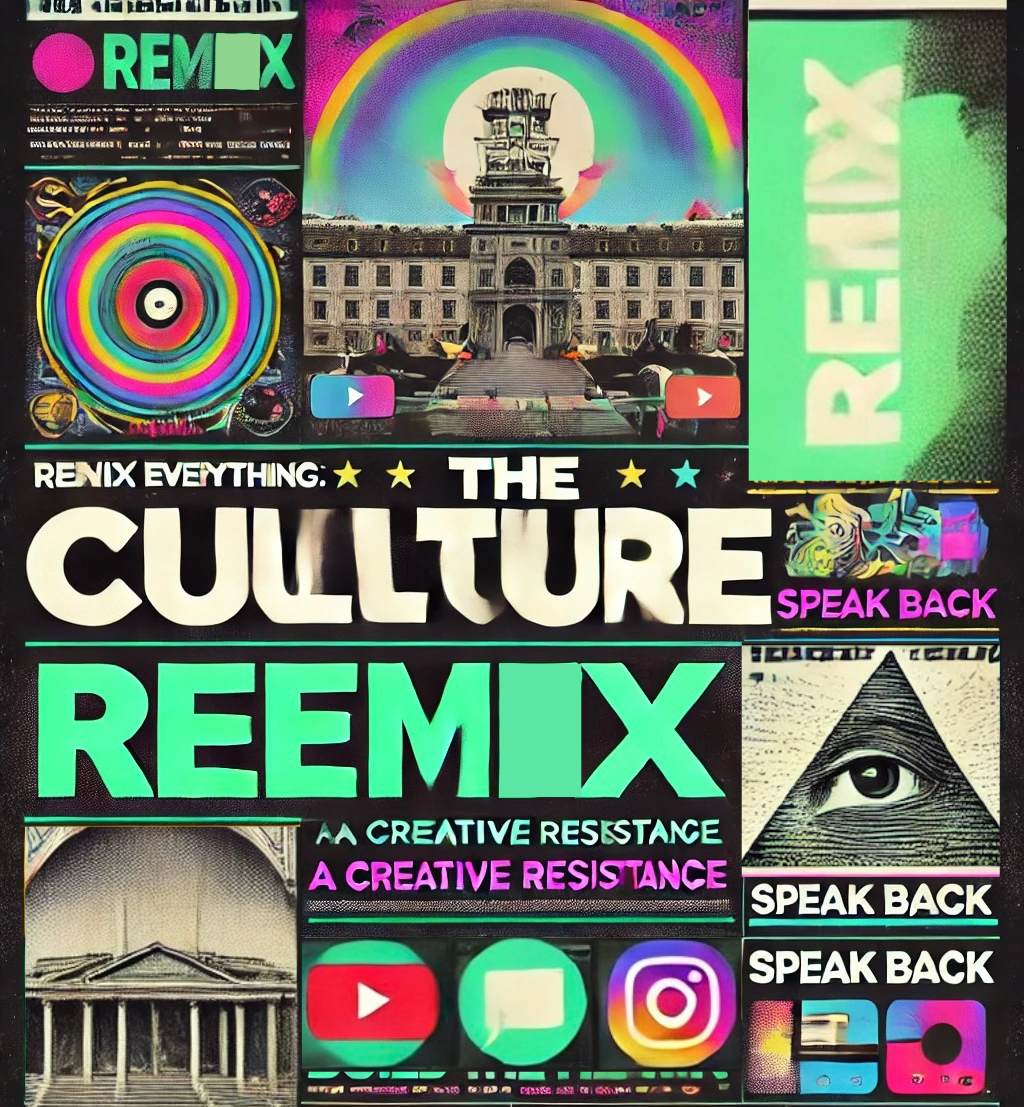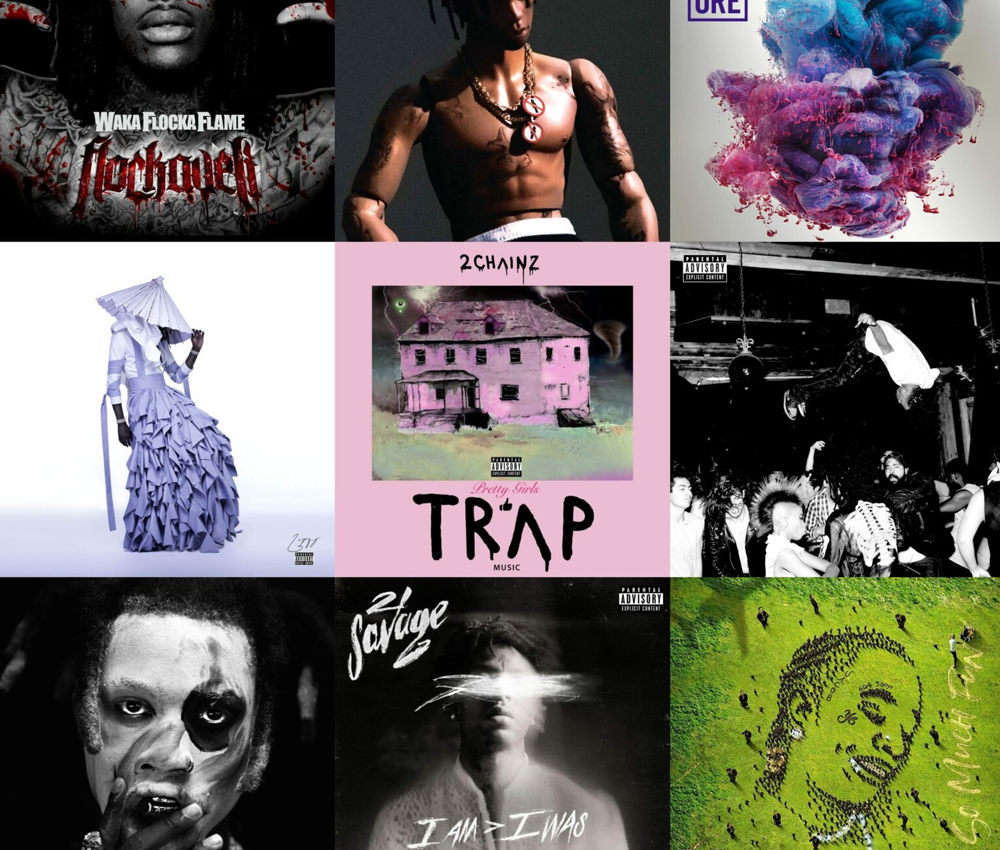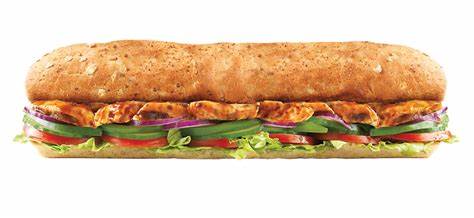
- Maker: Bilal Amodu
- Genre: Audio Podcast
- Level: Graduate
- Program: Composition, Rhetoric, and Digital Media
- Course: WRIT 5800: Editing, Layout, and Design
- Instructor: Dr. Eric Mason
- Semester Created: Winter 2022
Description
The Podcast, Two Eyes, Two Ears, One Voice, is intended to serve as an extension of the logo and branded document by demonstrating the type of content produced by NOW Productions. This episode specifically reviews how corporations and brands use cancellation as a rhetorical technique to preserve and promote their images. The podcast was produced almost exclusively by Bilal and was recorded and edited in Audacity. The product was inspired by the content featured on the NSU WCC podcast, The Writer’s Edge, and the editorial reporting of television newsmagazine programs such as 60 Minutes. Although this is the inaugural episode of what can hopefully be a recurring project, this podcast hopes to illuminate the deliberative, observation and opinion bases content that NOW strives to produce. I hope that the final product is an informative and insightful experience for the listener. example of the type of content.
Reflection
This was the second experience I had recording and editing a podcast in Audacity, and I feel more comfortable with the program now than I had previously. Whereas I relied more heavily on a formal script during my initial attempt to record an audio essay, while recording Two Eyes, Two Ears, One Voice, I relied on an outline of topics that I intended to address to offer me more flexibility to improvise and adapt my focus while recording. Although this option did offer me additional flexibility, I did struggle to articulate my thoughts when I began recording and thus needed additional time to conduct research and record extensive notes of the issues I sought to discuss, which I felt was ultimately more challenging than reading from a prepared script. The process of composing a podcast had been a bit more challenging than a traditional writing assignment, as I need to rewind audio to identify and address errors while revising, whereas the revision process for a traditional writing assignment only requires scrolling and the Control+ F function to locate particular words and phrases. However, I had become more accustomed to listening to my voice and a bit more adept at maneuvering the recording to locate the areas I aimed to adjust. This helped me to identify and eliminate unnecessary pauses and determine instances in which extended pauses would augment the message I was attempting to convey more effectively. I also did experience issues with microphone I was using to record the podcast, as it either failed to capture some of my words or amplified what it captured rather severely. As a result, I spent a considerable amount of the project recording sections to repair damaged audio.
Although I did eventually improve my ability to insert replace sections of repaired audio within the original recording, I did struggle to ensure that the volume of the repaired sections was consistent with the audio from the original recording. I did rely on functions such as the Noise Reduction Feature, the Normalization Feature and the Loudness Normalization Feature, to stabilize the volume, though I could employ further tools and be more proactive in seeking support in preparing a future version of this podcast. Unlike the previous audio project I prepared in CRDM, in which I sought to record in one take and deleted every recording in which I made errors, I focused on preparing a single complete recording which I could subsequently edit and adjust as necessary. Although accessibility is a major component of NOW’s mission, given that the podcast did not originate from a complete script, it therefore does not have a formal transcript, which was an oversight on my part and something that I intend to address as the podcast expands and as I record additional episodes. The project’s emphasis on rhetoric was inspired by the NSU WCC’s recurring podcast The Writer’s Edge, and I sought to reinforce the rhetorical significance of this topic in order to adhere to the conventions set by the Writer’s Edge on the chance that it would be featured on the podcast. The project also sought to mimic the conventions set by television newsmagazines such as 60 Minutes by emphasizing the subjects and conducting extensive research. Unlike these programs, this podcast episode in particular did not possess an interview component, something that could be incorporated into future episodes. Further, unlike these programs, the podcast concludes with an opinion-oriented monologue about the topic and its broader implications, something that I hope will become a feature of the content produced by NOW. Although I believe that I have much to learn about audio production and editing, I believe that my skills have improved significantly from when I attempted a similar project a year ago, and I hope that the listener notices this improvement in the final product. I am grateful for the experience of having produced this podcast and am excited for future opportunities to record and edit audio.
